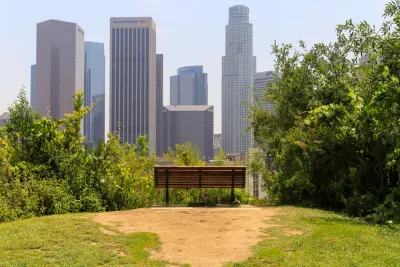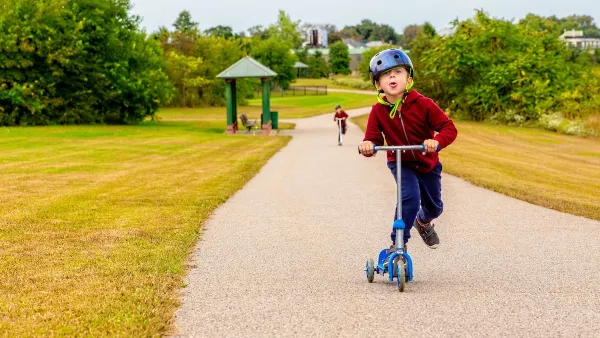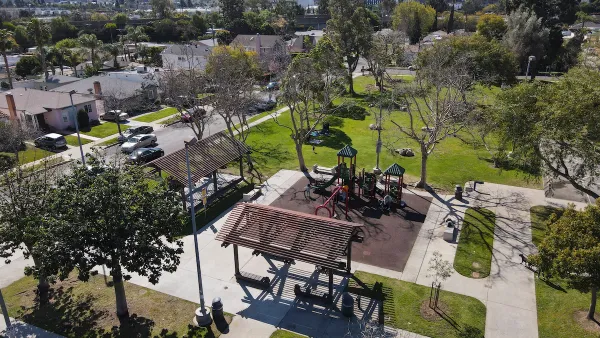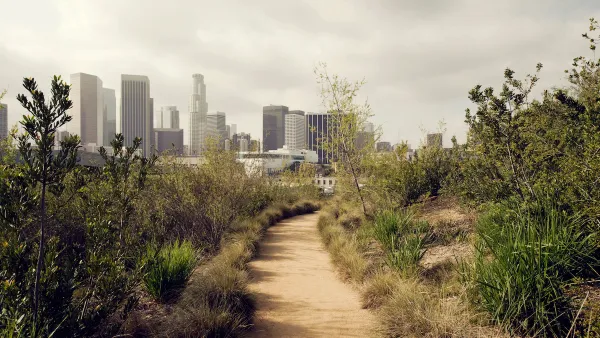A new approach prioritizes investments in the capacity of people closest to the problem to achieve population-level impacts.

Parks and other green spaces are crucial for the health and well-being of communities, a fact that has been made even clearer during the COVID-19 pandemic. However, not all residents have equal access to these vital resources and key community infrastructure. Addressing these inequities requires advocates’ utmost attention, urgency, and action. A new approach to achieving park equity can result in transformation and improve the quality of life for residents in underserved communities.
Across the United States, a growing number of jurisdictions are adopting park and green space equity policies. Examples include public finance measures that have an equity focus, park agency organizational changes, documentation of park needs and inequities, joint use policies for school facilities, land use policies that facilitate access to green space, policies and ordinances requiring community engagement for park development, and anti-displacement provisions within green space equity initiatives. But in many low-income communities of color, longstanding inequities remain. A growing movement of park equity advocates, including community-based organizations and community members exercising their own power, is working to change that.
In the new paper, "Changing the Landscape: People, Parks, and Power," the Prevention Institute and Dr. Alessandro Rigolon of the University of Utah offer a new approach to park and green space equity that prioritizes investing in the capacity of people closest to the problem so that they can drive policy and systems changes to achieve population-level impacts.
FULL STORY: How park equity can advance health equity and racial justice

Analysis: Cybertruck Fatality Rate Far Exceeds That of Ford Pinto
The Tesla Cybertruck was recalled seven times last year.

National Parks Layoffs Will Cause Communities to Lose Billions
Thousands of essential park workers were laid off this week, just before the busy spring break season.

Retro-silient?: America’s First “Eco-burb,” The Woodlands Turns 50
A master-planned community north of Houston offers lessons on green infrastructure and resilient design, but falls short of its founder’s lofty affordability and walkability goals.

Test News Post 1
This is a summary

Analysis: Cybertruck Fatality Rate Far Exceeds That of Ford Pinto
The Tesla Cybertruck was recalled seven times last year.

Test News Headline 46
Test for the image on the front page.
Urban Design for Planners 1: Software Tools
This six-course series explores essential urban design concepts using open source software and equips planners with the tools they need to participate fully in the urban design process.
Planning for Universal Design
Learn the tools for implementing Universal Design in planning regulations.
EMC Planning Group, Inc.
Planetizen
Planetizen
Mpact (formerly Rail~Volution)
Great Falls Development Authority, Inc.
HUDs Office of Policy Development and Research
NYU Wagner Graduate School of Public Service




























